
Edisa Yau Chen, at the roof of the Centrum Tower apartments building in Panama City. She´s half chinese half Panamanian native. Chinese people represents a 5% of the total population, and currently are very mixed with natives. Chinese were one of the work forces in the Canal construction at the beggining of XXth Century. Edisa´s grandparent arrived to Panama to set up a shop around the Canal area, and married with her grandmother, a native woman.
The Panama Canal Zone, an American colony and military preserve on Panamanian territory, was controlled by the United States for most of the 20th century. This highly strategic place for the USA formed a country within a country, a kind of capitalist commune ruled by the Zonians, as the Zone’s inhabitants were known. The Panama Canal was built between 1904 and 1914, when it was opened, and it will be remarkably enlarged by 2016, with a third set of locks which is intended to double the capacity of the Panama Canal.
A Zonian is a person associated with the Panama Canal Zone, a political entity which existed between 1903 and 1999, when it was finished the absorption of the Canal Zone into the Republic of Panama, started in 1979, by the Carter-Torrijos treaties. Many Zonians are descendants of the civilian American workers who came to the area during the early 1900s to work and maintain the canal. Today Zonians might work at the canal itself. Others may have been American citizens born in the Canal Zone or who spent their childhood there. A significant presence of American canal workers remained in the Canal region until 1999. Many of these people consider themselves to be Panamanian and U.S. citizens, although quite a few say that they are only American or only Panamanian. This unique relation–physically near Panama yet citizens of the U.S.–makes Zonians a diasporic community. The Panama Canal Society holds a reunion for Zonians every year in Orlando, Florida.
La Bienal Internacional de FotografíaFotonoviembre, que organiza el Cabildo de Tenerife a través del Centro de Fotografía Isla de Tenerife adscrito a TEA Tenerife Espacio de las Artes, ya ha escogido a los cinco artistas de la sección Autores en selección, categoría abierta a la participación de creadores independientes. Marie Maurel de Maillé (Francia) con el proyecto Raiponce, Alby Álamo (Canarias) con su trabajo El culto, Andrea Di Martino (Italia), con The mass is ended, Vera Martín Zelich (Salamanca), con Instituto y Matías Costa (argentino residente en Madrid) con el trabajo Zonians son los cinco artistas que han sido elegidos para exponer sus obras dentro de esta bienal, que este año alcanza su décimo tercera.
Los trabajos para este décimo tercera edición fueron elegidos entre los 512 proyectos recibidos de 36 países y correspondientes a 320 autores y dos colectivos, lo que supone en los tres conceptos las mejores cifras de todas las ediciones celebradas. Hay 128 autores extranjeros, 109 canarios y 83 de otras comunidades del Estado español.
En la participación extranjera se estrenan en Fotonoviembre autores de Irán, India, Camboya, Ucrania y Letonia. Además, hay presencia de Senegal, Chile, Estados Unidos, Brasil, Grecia, Venezuela, Perú, Portugal, México, Colombia, Uruguay, Bélgica, Holanda, Rusia, Argentina, Portugal, Cuba, Irlanda, Finlandia, Canadá, Turquía, Japón, Reino Unido, Francia, República Checa, Alemania, Italia, Polonia, Dinamarca, Suiza y Austria.
La categoría Autores en selección -una de las tres que conforman Fotonoviembre 2015 junto a la Sección Oficial y a Atlánticas Colectivas- intenta recoger la obra actual de fotógrafos cuya participación no se encuadra con limitaciones temáticas para de esta forma mostrar el estado actual del medio y apoyar a posibles autores emergentes.
El jurado que eligió los trabajos ganadores estuvo formado por la licenciada en Historia del Arte por la Universidad Complutense de Madrid y que forma parte del equipo de exposiciones de la Fundación Mapfre, Victoria del Val; Alejandro Vitaubet González Director del Centro de Arte La Regenta del Gobierno de Canarias; la Fotógrafa y profesora en la Universidad Europea Teresa Arozena Bonnet; la conservadora de Exposiciones Temporales de TEA Tenerife Espacio de las Artes, Yolanda Peralta Sierra; el conservador de la colección de TEA Isidro Hernández Gutiérrez, y el director del Centro de Fotografía Isla de Tenerife, Antonio Vela de la Torre.

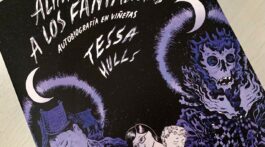


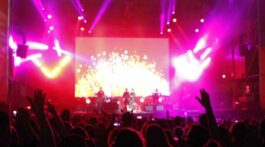
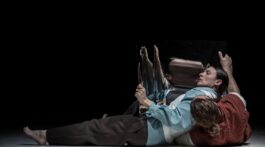
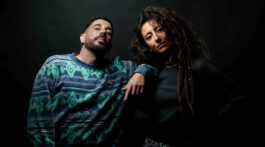

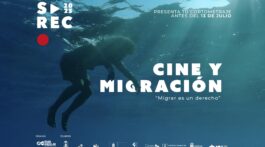

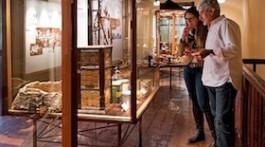
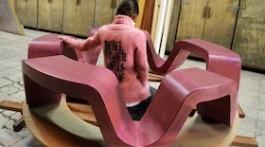
No hay comentarios